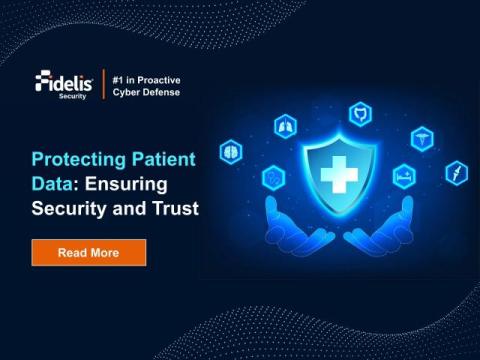Understanding XDR, NDR, and EDR: A Comprehensive Guide to Modern Cybersecurity Solutions
However, as cyber threats become increasingly elaborate, traditional measures to secure systems are usually inadequate. So how does one bolster an organization’s security? Today, 70% of organizations are fighting a broad set of threats ranging from sophisticated malware to advanced persistent threats. The necessity of real time threat detection and response mechanisms has never been greater. XDR, NDR, and EDR serve as strong detectors against this adversary. Let’s see why they are important.











